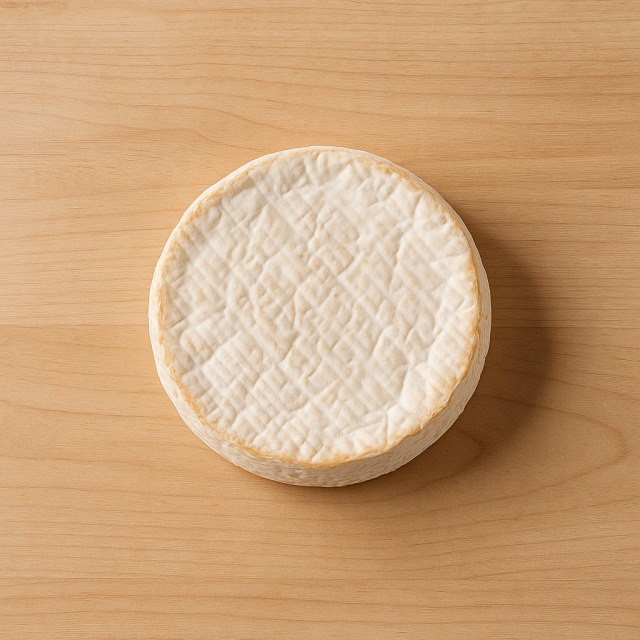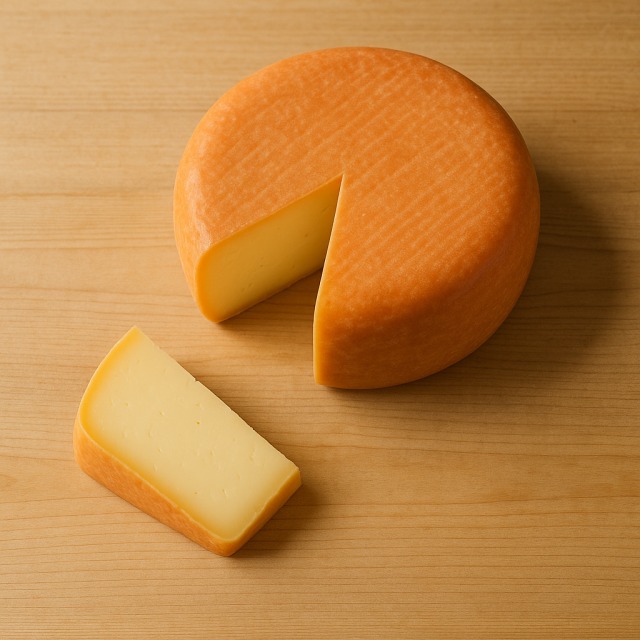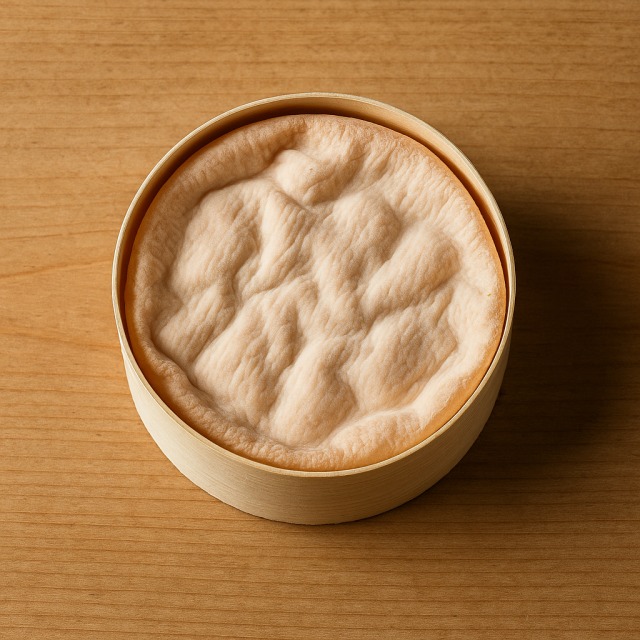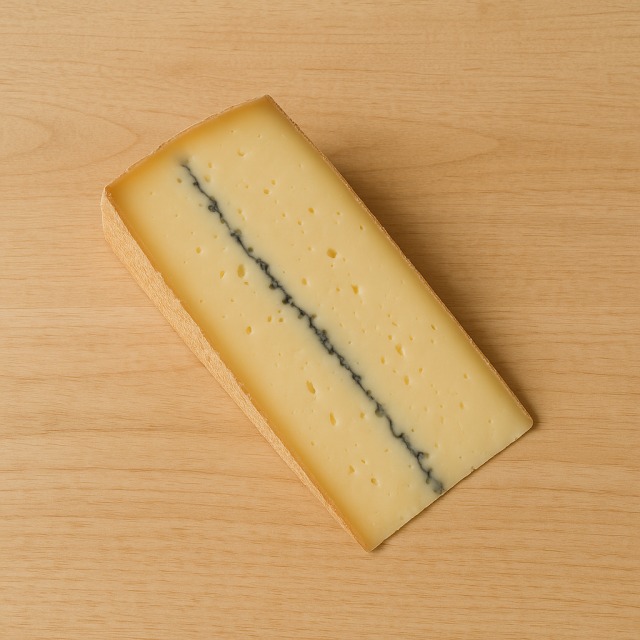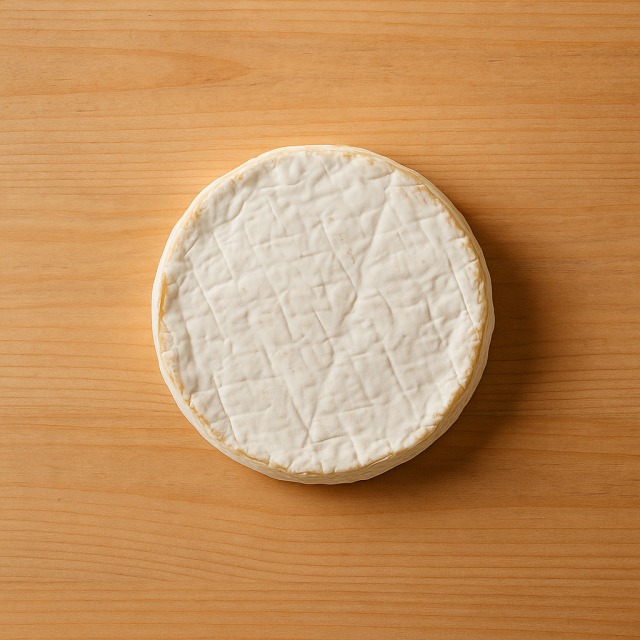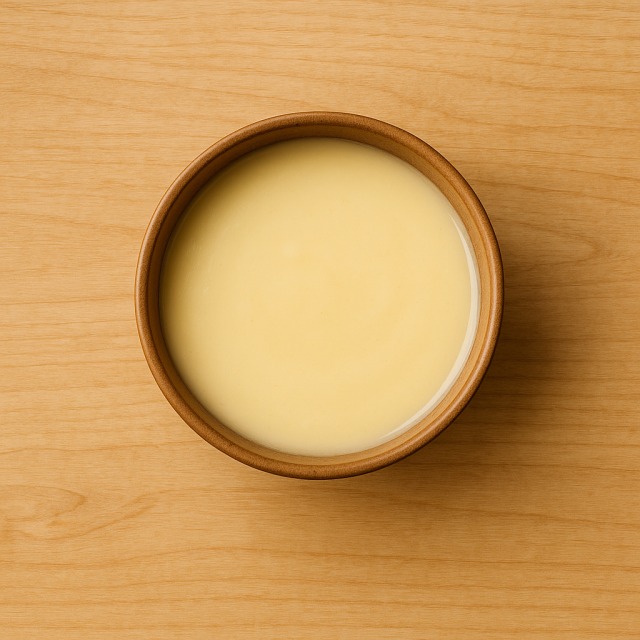Calorie Chart / Cheeses / Blue cheese
How Many Calories Are in Blue cheese?
Calculation of the nutritional value & Recommended Dietary Intake of blue cheese
For g and a calorie requirement of kcal
| Calories 136 kcal | Proteins 8 g | Lipids 12 g | Carbohydrates 0 g |
| 7% | 11% | 18% | 0% |
Health benefits of blue cheese
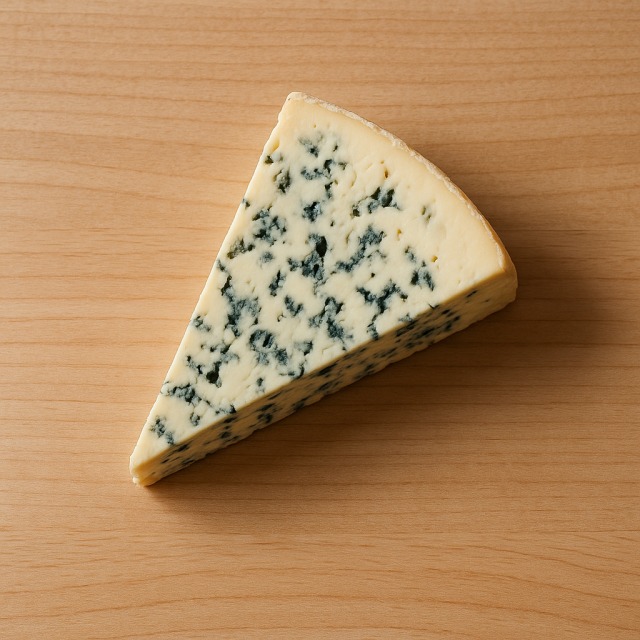
Blue cheese - 100g
Calories 340 kcal
Proteins 20 g
Lipids 29 g
Carbohydrates 0 g
Blue cheese is a high-calorie dairy product (around 340 kcal per 100 g), yet its nutrient density makes it more than just an energy bomb. It supplies about 20 g of proteins per 100 g, valuable for muscle maintenance, and is especially rich in calcium and phosphorus, which contribute to bone strength. Vitamin B2 (riboflavin) and vitamin B12 are also present, supporting energy metabolism and red blood cell formation.
The characteristic blue veins come from Penicillium molds that provide probiotic cultures; these may help gut microbiota balance, although this benefit remains "supposed" rather than conclusively proven. Selenium and zinc complete the mineral profile and act as antioxidants. Historically, blue cheeses were discovered when shepherds in France left fresh curds in naturally damp caves—an anecdote that shows how the food's pronounced flavor was born by chance.
Because of its 29 g of lipids per 100 g and relatively low carbohydrate content, blue cheese fits ketogenic or low-carb diets, but portion size must be watched due to the calorie load. Lactose is largely broken down during maturation, so many lactose-sensitive adults tolerate it better than fresh milk.
Tips for incorporating blue cheese into a balanced diet
Given its dense calories, consider using blue cheese as a flavor accent rather than a main ingredient: crumble 20 g over a salad of mixed leaves, slices of apple, and toasted walnuts. You will keep calories in check while benefiting from contrasting textures.
For a balanced hot dish, melt a small cube into steamed broccoli or a purée of pumpkin; the vegetables add fiber and volume without too many extra calories. If you crave a richer recipe, a lean beef steak with a spoonful of blue cheese sauce still delivers fewer calories than traditional cream-laden sauces.
Fans of gourmet sandwiches can spread a thin layer onto whole-grain wholemeal bread with grilled chicken breast and crisp lettuce. The proteins from poultry balance the lipids of the cheese while moderating overall calories. Remember: intense taste means a little goes a long way.
Frequently Asked Questions
- How many calories are in blue cheese?
- Blue cheese contains 340 kcal per 100 g.
- Is blue cheese a good source of calcium?
- Yes. One 30 g serving provides roughly 150 mg of calcium, about 15 % of the daily reference intake.
- Does heating blue cheese destroy its nutrients?
- Moderate cooking retains minerals like calcium and phosphorus but can reduce heat-sensitive vitamins such as B2; the calories remain unchanged.
- Can blue cheese fit into a weight-loss diet?
- It is possible if portions are limited to 15–20 g and combined with low-calorie foods such as zucchini or cucumber.
- Is blue cheese safe during pregnancy?
- Because it is made from mold-ripened milk, pregnant women should prefer pasteurized versions and ensure the cheese is well stored to minimize listeria risk.
Similar foods
Information provided by Calorie Menu may contain inaccuracies or errors. It cannot, under any circumstances, substitute medical advice or medication.
